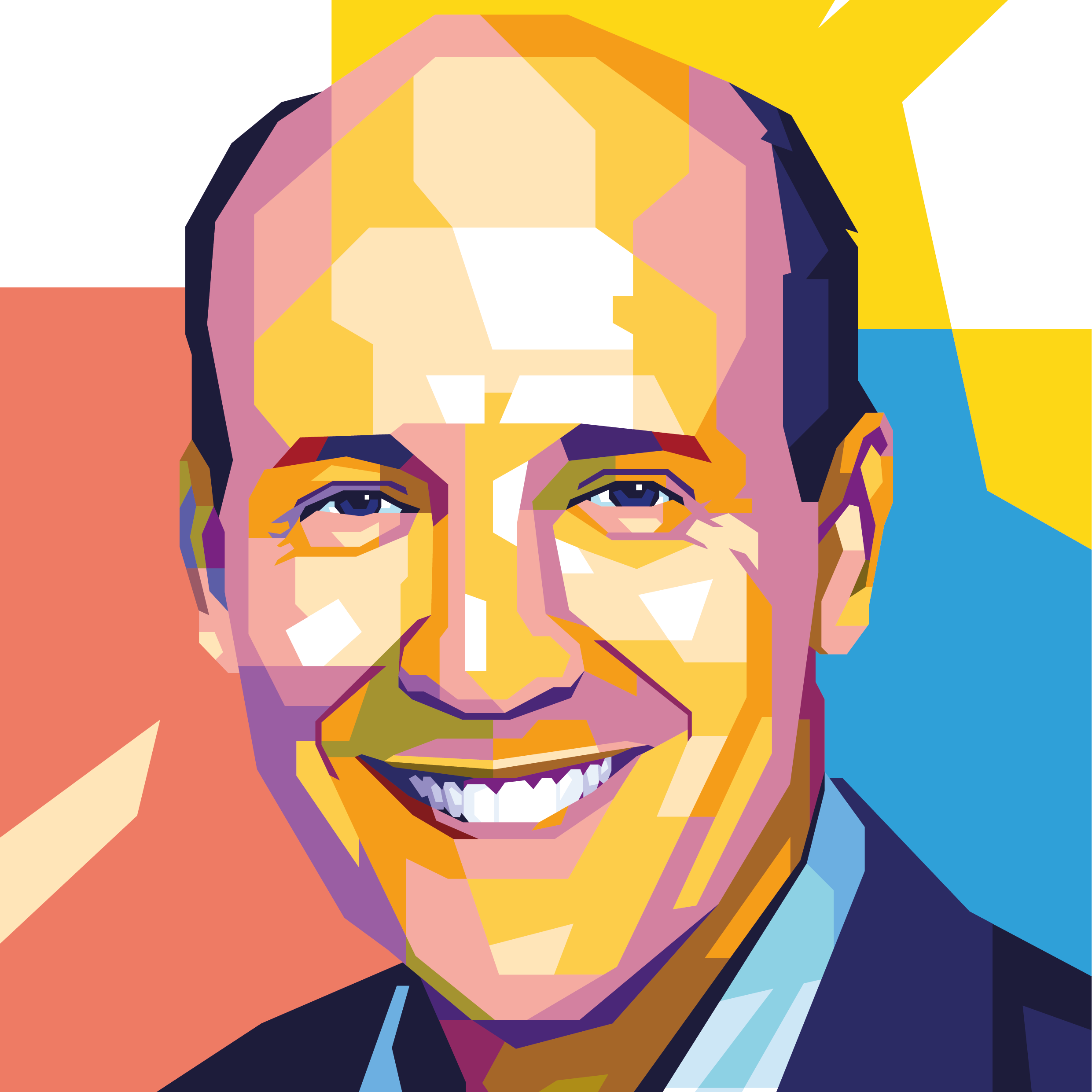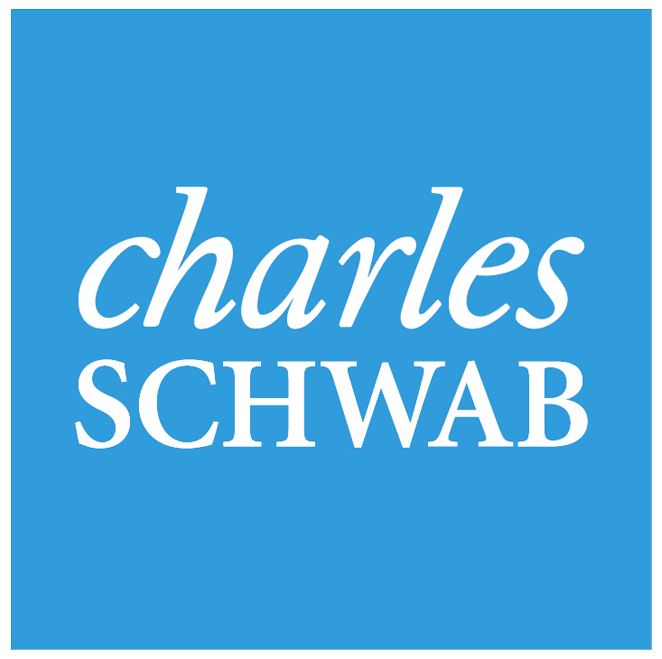Rebranding is a major commitment of time, money and resources.
Nonetheless, many advisory firms and financial service companies believe it’s worth the effort.
Sontag Advisory and Bronfman Rothschild became Wealthspire Advisors after a merger; Laird Norton Wealth Management’s alliance with Wetherby Asset Management produced LNW; Advisor Group is now known as Osaic and the many RIAs bought by CI Financial are now branded as Corient.
The fintech firm Riskalyze is now branded as Nitrogen and the custodian Innovayte was until recently known as Equity Advisor Solutions.
“You have to have a good reason to rebrand,” says marketing consultant April Rudin. “It can’t just be on a whim. If you’re rebranding, it means you’re giving up brand equity you’ve probably spent years building up and you have to start all over again.”
The expense and distraction of rebranding are also considerable, warns Marie Swift, CEO of marketing firm Impact Communications.
“You’re spending money and maybe taking time away from working with clients,” Swift explains. “Rebranding means redesigning your website and reviewing every piece of marketing collateral. Unless you’re an old, stodgy brand, it probably doesn’t make sense.”
So why should an RIA rebrand?
The need for a new identity after a merger or acquisition is the most frequently cited reason. Firms may also want to reposition themselves in the market, more clearly differentiate themselves from the competition, project a more contemporary image or establish a more emotional connection with their target market.
“Done properly, a rebrand is a major inflection point in the growth of a firm,” says Mike Yoffie, co-founder of the San Francisco-based branding firm BigMouth. A thoughtful rebrand transforms the firm’s identity from grey and unengaging to clear and charismatic. It clarifies the firm’s values and mission. And it creates a distinct, empathic brand personality that attracts the right prospects.”
Following the merger of Sontag and Bronfman Rothschild in 2019, the RIA, which is owned by the financial services and insurance broker NFP, wanted to establish a brand that reflected the firm’s “new stage of evolution” and also “communicated to our audience what we stood for,” says Wealthspire CEO Mike LaMena.
The firm hired the branding and marketing agency Grafik and began a discovery phase that included asking company stakeholders, including employees, what they were passionate about and how they defined the RIA’s core values. “It was really important for us that every single person had input,” says Wealthspire president and COO Eric Sontag.
After taking into account how stakeholders defined the firm’s attributes, services, culture and personality, company executives and Grafik reviewed a list of potential names, which were then vetted for criteria such as intellectual property considerations and URL domain name availability.
“Wealthspire” was chosen as the best representation of a firm that was both “led by financial planning” and reflected clients' aspirations for “a life of purpose, meaning and fulfillment,” LaMena says.
Five years later, Wealthspire is seen as a rebranding success story.
Outside marketers like Swift praise Wealthspire for “combining wealth and inspiration to evoke a feeling and is also a brand promise.” Internally, employees have responded positively and like to wear “high-quality swag” with the company logo, says Sontag. “There’s a commonly shared identity that’s very validating,” LaMena adds.
LNW is the latest example of a post-merger RIA rebrand.
After merging with Wetherby Asset Management in 2022, Laird Norton wanted to “signal something new” and “maintain brand equity,” says Erin Moyer, the firm's managing director and marketing communications head.
Laird Norton sent out a request for a proposal to work on the rebranding. After interviewing six candidates selected BigMouth, which had already helped over a dozen RIAs rebrand, including Friedman & Associates, which, after a merger with Salient Wealth Management, became Private Ocean.
“BigMouth came to us through a referral, and we liked that they were familiar with the industry and could pick up nuances others couldn’t,” Moyer says.
Employees, advisors, clients, centers of influence and stakeholders were all interviewed. “We worked from the inside out, from what a firm thinks they are to how clients perceive them,” says Yoffie. “That’s how you get to the emotional core.”
While settling on LNW as the new name was “rather obvious,” Moyer acknowledges, it nonetheless “crystalized what mattered to people across the board. It honors the organization’s history and continuity but also shows forward movement.”
LNW also designed a new logo and reviewed its core messaging and market positioning. After two years of what Moyer describes as a “very deliberate” process, the rebrand debuted in March. It’s tempting to move quickly,” she adds, “but my advice is don’t rush the process.”
Rebranding doesn’t always include a new name.
After its branding review, Sentinel Group decided to keep its name but revamp its logo and messaging.
The old logo was too long and “didn’t connect the dots,” says Angelique Schena, Sentinel’s director of marketing. The financial services firm wanted to determine why prospects chose Sentinel and what clients’ pain points were, Schena says.
After hiring Salesbrain, a “neuromarketing” agency, Sentinel determined that a logo with three distinctive check marks best expressed its strengths in delivering health, wealth and retirement benefits.
“We took what was complicated and created a message to reintroduce ourselves to the world and create demand in the marketplace,” Schena says. “We needed to build a case internally and get everyone on the same page. It took some convincing and was a long and tedious process, but worth it in the end.”
Unlike Schena and LaMena, however, Yoffie believes rebranding can involve too many cooks in the kitchen.
“There are no statues to committees,” he says. “You have to have one decision-maker with a strong personality. Otherwise, everything gets diluted. You can’t appease everyone.”
When considering rebranding, advisory firms should make sure there isn’t a disconnect between how they are seen externally and “who you are internally,” says Kelly Waltrich, CEO of the marketing firm Intention.ly, vendors of Advisor Brand Builder.
After conducting brand equity research, firms need to bring stakeholders together, establish measurable goals, ensure the public understands the products and services behind the brand and constantly communicate with clients, says Waltrich, the former chief marketing officer at Orion.
It’s also critical for RIAs to emphasize what makes their firm unique.
“Leverage your points of difference,” Rudin says. “Rebranding should reflect your firm’s personality, brand promise and services.” To prospects, “all financial firms look the same,” Yoffie says. “But if you dig deeper, each firm is unique, whether it’s their people, services or personality. You want to tell that story with clarity and visceral impact.”
As for caveats, advisory firms need to vet any unintended consequences of a rebrand, says Waltrich. “Think through how the rebranding will be seen by clients, prospects and the industry. And make sure it doesn’t create any negative impressions.”
And avoid stereotypes, Rudin cautions.
“Your visual identity is part of your brand and should convey what’s unique about your firm,” she explains. Don’t use stock photos or images of a lighthouse, compass, or chess pieces. Advisors always tell people to use fiduciaries; they should take their own advice and hire a professional design firm.”
As important as visuals are, the firm’s name and message should come first when rebranding, according to Yoffie. “Naming is the hardest thing to do,” he explains. “You want to stand out in a very grey category.”
Images should support words, Swift says. “You want consumers to codify the brand internally, say it, feel it and remember it.”
This blog is sponsored by AdvisorEngine Inc. The information, data and opinions in this commentary are as of the publication date, unless otherwise noted, and subject to change. This material is provided for informational purposes only and should not be considered a recommendation to use AdvisorEngine or deemed to be a specific offer to sell or provide, or a specific invitation to apply for, any financial product, instrument or service that may be mentioned. Information does not constitute a recommendation of any investment strategy, is not intended as investment advice and does not take into account all the circumstances of each investor. Opinions and forecasts discussed are those of the author, do not necessarily reflect the views of AdvisorEngine and are subject to change without notice. AdvisorEngine makes no representations as to the accuracy, completeness and validity of any statements made and will not be liable for any errors, omissions or representations. As a technology company, AdvisorEngine provides access to award-winning tools and will be compensated for providing such access. AdvisorEngine does not provide broker-dealer, custodian, investment advice or related investment services.






